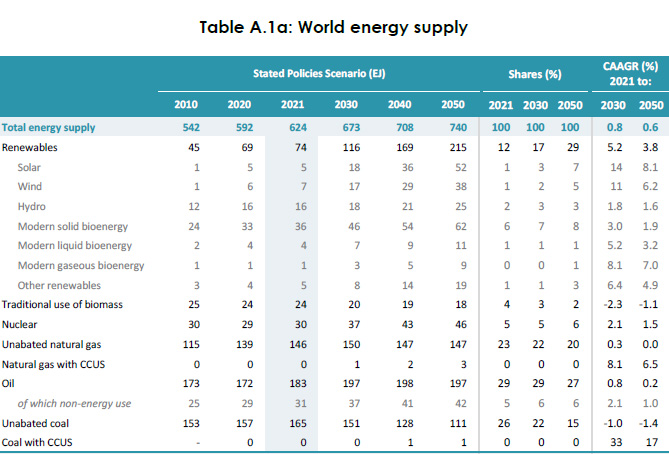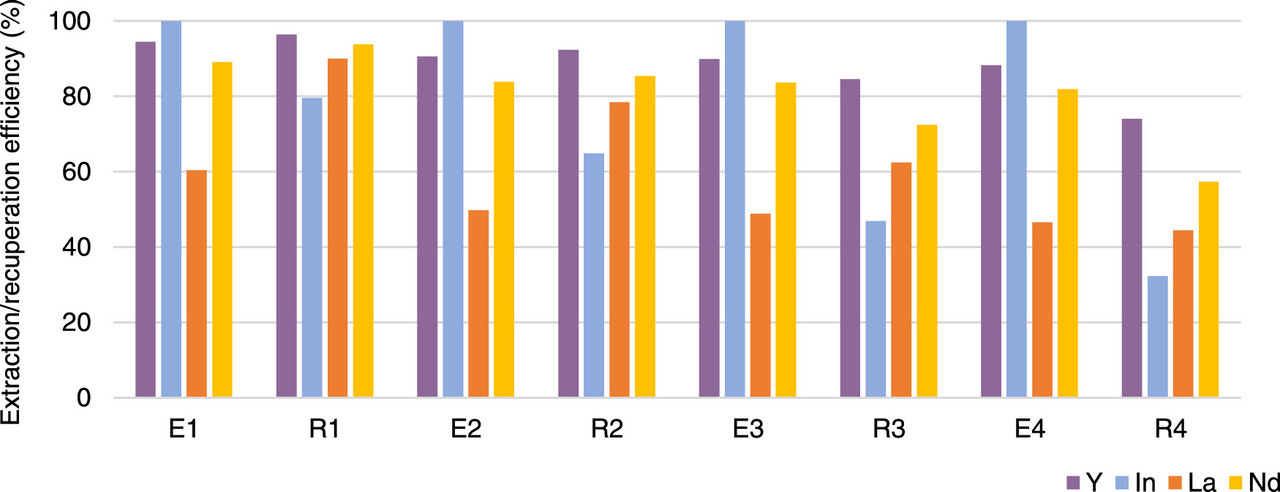Environment & Energy
Related: About this forumRecovery of indium, yttrium, neodymium, and lanthanum by urban mining via pseudoprotic ionic...
...liquids.
The paper to which I'll briefly refer to in this post is this one: Pseudo-Protic Ionic Liquids for the Extraction of Metals Relevant for Urban Mining, Claudia Castillo-Ramírez and Camiel H. C. Janssen, Industrial & Engineering Chemistry Research 2023 62 (1), 627-636.
In my generation we were trained to believe that recycling was a kind of magic. Many of us dutifully separated our plastic, our glass, and our aluminum for the purpose or recycling or, more realistically, for the purpose of letting ourselves believe we were green. Before the rise of diesel powered garbage trucks for municipal recycling, I personally used to load all this crap up into the trunk of my car and drive it to a recycling center, whereupon I would be offered a nominal sum for my efforts.
In the case of plastic, the results of our efforts are in. There are almost no living things, including humans, that do not contain micro or nano plastics in their flesh; there seems to be no upper limit to how much. It is now understood that not only are all of the oceans and lakes laced with plastics, but apparently we are breathing nano plastics suspended in air.
Here's a nice paper on the topic: Bioeffects of Inhaled Nanoplastics on Neurons and Alteration of Animal Behaviors through Deposition in the Brain Xiaoyan Liu, Yingcan Zhao, Jiabin Dou, Qinghong Hou, Jinxiong Cheng, and Xingyu Jiang Nano Letters 2022 22 (3), 1091-1099
Um...brains...you don't say? I wonder if inhaling too much plastic accounts for Republicans and anti-nukes.
Speaking of anti-nukes, there's a fun one around here who likes to call up a link to the USGS reference on indium in hopes of embarrassing me for my contention that the supply of indium is limited, and that there probably isn't plenty of indium to make billions and billions of CIGS type solar cells. This is the sort of moron who believes that we should drive the nuclear industry out of business by mining the shit out of the Earth, roasting zinc sulfide ores from which indium is obtained (presumably with forests as a fuel source), copiously releasing sulfur oxides in the process, this because dumb people are terrified of traces of radiation even as they don't give a rat's ass about the millions of people who die each year from air pollution while we all wait increasingly breathlessly for the grand solar and wind nirvana that did not come, is not here, and won't come.
After nearly 3/4 of a century of cheering the solar industry, at an expense of trillions of dollars, in 2021 the solar industry produced just 5 Exajoules of the 624 Exajoules humanity consumed that year:

Source: 2022 IEA World Energy Outlook Table A 1a, page 435.
Don't worry. Be happy. I'm sure we'll be able to increase the solar industry's supply of indium even if we need to tear the shit out of the ocean floor to do so, and increase the solar output to 624/5 * 100 = 12,480%. And we'll make lots of batteries too, because the supply of cobalt slaves to dig cobalt for our Powerwalls® in our "green" (albeit deforested) nirvana.
Perhaps the person with access to the USGS Indium link should write the authors of the paper cited at the outset. They seem to have not gotten the message that "solar will save us" antinuke wants to offer us, that indium is "no problem." Apparently people dying from extreme heat while we wait for the solar nirvana are no problem either.
One hears these sorts of things and one doesn't want to believe it.
The authors of the paper writes about indium, thus:
By the way, the existence of an "energy transition," which shows up all over the place, even in scientific papers, is a nonsense statement given the data from the IEA World Energy Outlook produced above. The use of coal, oil and gas is increasing faster than the solar and wind energy that has become an object of religious worship. Apollo and Aeolus are back, but almost certainly as meaningful in practical terms as they were to citizens of classical Greece, people whose civilization vanished.
The other elements discussed are yttrium, neodymium and lanthanum.
The authors write of lanthanum, neodymium, and yttrium:
Neodymium is widely used in (strong, permanent) magnets. (1) These neodymium magnets are popular for their use in electronic equipment such as microphones and headphones. (1,36) Neodymium can also be found in the magnets used in electric motors. (1,5) The current transition to electric cars, particularly in Europe will only increase future demand. Research has shown that neodymium can be recycled for use in new magnets. (3)
Yttrium saw extensive use in the manufacturing of cathode ray tube (CRT) TVs. (1) Yttrium can be used in superconductors because it becomes superconducting at a temperature superior to the boiling point of nitrogen. Yttrium is considered to be one of the materials with serious shortage in the near future...
The ionic liquids the authors propose as an extraction agent for urban mining (based on dissolution of waste electronics in nitric acid) have the following structure:

The caption:
The extraction of indium from nitric acid solutions is nearly quantitative:

The caption:
However getting the indium out of the extractant is more difficult than getting it in:

(These last two graphics are representative of the general trends for all the PPIL (Pseudoprotic ionic liquids) discussed in the paper. I have arbitrarily chosen two of these graphics.)
The problem of the baby boomer generation's - my demographic - belief that recycling, currently referred to as "closed cycles" in the literature, will solve things is fantastic, where here the word "fantastic" refers to fantasy and not fabulousness. The issue is tied to transport, and the driver of transport, energy, as well as heat energy. No, you will not be able to get this heat by bullshitting endlessly about the wonders of solar and wind power.
(I find my generation embarrassing.)
No mass cycle can be entirely closed; there will always be process losses, and the word for these losses is "pollution," because the losses are rejected to the environment.
This said, being a baby boomer, I do believe that closed cycles are a worthy aspiration, to the extent possible. However this can only be accomplished with low environmental impact with continuous flow processes, and driving cans and glass and plastic to a recycling center is counter-productive. Further the more dilute a source is, for example indium from a touch screen or CIGS cell, the more energy is required to recover it and the greater the environmental impact. The entropy of mixing is a big, big, big, big deal to overcome, hardly trivial. Thus we need clean and sustainable energy, of which there is only one kind, nuclear energy.
You can imagine that all these solar cells that will become electronic waste just as today's toddlers are graduating from college will be magically recycled, or you can get serious.
It's a choice.
Have a nice day tomorrow.
LT Barclay
(2,605 posts)to nicotine receptors in the brain without activating the release of seratonin and dopamine. The binding may even be long term as there may not be enzymes to break it down. So the person is in a constant state of agitation, as if they were trying to quit smoking.